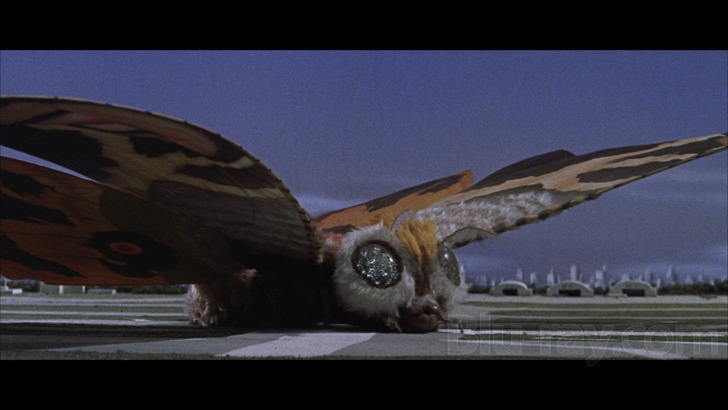
20 Million Miles to Earth (1957) – Film Review

In 1957, when the universe felt like an endless expanse of mysterious potential and the space race was in its prime, a cinematic gem landed on the silver screens—“20 Million Miles to Earth.” A crafty concoction of curiosity, creatures, and chaotic confrontations, this film not just delivered an out-of-the-world experience but also carefully captured the curiosities and concerns of a generation looking toward the stars with bated breath.
The story revolves around the return of an American spaceship from an exploratory mission to Venus, crash-landing in the Mediterranean Sea, and unleashing an unassuming creature on the southern coasts of Italy. What unfolds is a cinematic journey that cleverly converges science fiction with the charm and challenges of earthly realities.
This film is a treasure trove of technical triumphs. Ray Harryhausen, the special effects maestro, unearths his magnificent mastery through the creature, ‘Ymir.’ With stop-motion magic in his fingertips, Harryhausen breathes life into the Venusian creature, making it a centerpiece that is as sympathetic as it is terrifying. His detailed dedication to the creature’s emotional expressions and evolution is an artful anecdote, animating the screen with sequences that stand as stellar testimonials of special effects storytelling, even in today’s world sprinkled with CGI wonders.
It’s a feast to delve into the behind-the-scenes ballet where creativity and challenges danced in delightful duets. Shot primarily in Italy, the filmmakers embraced the elegant aesthetics of Italian landscapes, but also wrestled with linguistic barriers and logistic labyrinths. The choice of Italy not only offered a refreshing European essence but also subtly seasoned the storyline with socio-cultural contexts that churned richer cinematic currents.
Talking about story embellishments, the film whisks a whirlwind of reflective and relevant themes. Amidst the mayhem, the movie mirrors glimpses of humanity’s hubris, the hesitations of science, and the hums of war. It nudges viewers to nibble on notions of exploration, ethical equations, and environmental echoes, making the monstrous journey a meaningful jaunt through human hopes and hurdles.
The storyline saunters in the sublime shadows where science and speculation shine in serene synchrony. It allows space for characters to breathe, bloom, and bear the burdens of the unknown. The script scribes not just a sensational saga of space marvels but also sensitizes the audience to the trembles and tribulations tangled in the tapestry of exploration and existence.
There’s a fantastic fabric of unexpected fun in the flick, too. The interaction between earthly beings and the extraterrestrial entity encapsulates amusingly awe-striking moments. The movie maintains a melody of mischief amidst its monumental messages, making the voyage a vibrant viewing experience that vacillates between vivacious vivacity and visionary virtues.
Diving into the directorial depth, Nathan Juran orchestrates an opera of originality and on-screen oomph. With a keen kaleidoscope, he kindles the screen with kinetic energies, kinks of humor, and kindred spirits of story-telling. His direction becomes a dynamic drum, drumming the beats of breathtaking visuals, balanced narratives, and beautifully bred details that enhance the ethos of the era and the eternal elements of engaging cinema.
“20 Million Miles to Earth” is not merely a movie; it’s a magical museum housing hauntingly beautiful halls of human and extraterrestrial tales. It invites imaginations to ignite, interact, and introspect in a space where creativity converges with cinematic crafts and curiosities. In its heart beats the bold beauty of filmmaking that flutters in the fascinating frequencies of fantasy, fear, fun, and fabulous filmic finesse.




